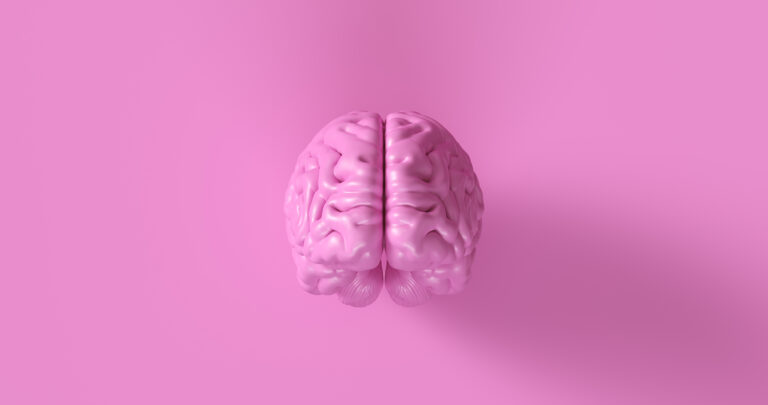White spots on a brain MRI can be a concerning finding for many individuals who experience frequent headaches. But what exactly are these spots and what do they mean? Let’s dive deeper into this topic to better understand the possible causes and implications of white spots on a brain MRI.
Firstly, it’s important to note that white spots on a brain MRI are also known as “hyperintensities” or “white matter lesions”. These are areas in the brain that appear bright white on the MRI images, indicating a change in the brain tissue. They are usually small in size and can be isolated or scattered throughout the brain.
There are various reasons why these white spots may appear on a brain MRI. One common cause is age-related changes in the brain. As we get older, our brain undergoes natural changes, including the formation of these white spots. They are usually harmless and do not cause any symptoms, but they may increase in number and size with age.
Another common cause of white spots on a brain MRI is migraines. Migraines are intense headaches that can last for hours or even days. They can also be accompanied by other symptoms such as nausea, sensitivity to light and sound, and visual disturbances. Research has shown that individuals who experience migraines may have a higher chance of developing these white spots on their brain MRI.
In some cases, these white spots can be an indication of an underlying health condition. One such condition is multiple sclerosis (MS), a disease that affects the central nervous system. MS causes inflammation and damage to the protective coating of nerve fibers in the brain and spinal cord. This damage can result in the formation of white spots on a brain MRI.
Other potential causes of white spots on a brain MRI include strokes, infections, and even certain medications.
So, what do these white spots mean for someone experiencing headaches? The answer is not so straightforward. While some individuals may not experience any symptoms with these white spots, others may have a higher risk of developing neurological issues such as memory problems, difficulty with movement and coordination, and changes in mood and behavior.
If you have been experiencing frequent headaches and your brain MRI shows white spots, it is essential to consult with a neurologist for a thorough evaluation. They will take into consideration your medical history, symptoms, and MRI findings to determine the cause of these white spots and the best course of action.
In some cases, additional imaging or tests, such as a lumbar puncture or bloodwork, may be necessary to rule out any underlying conditions. Your doctor may also recommend lifestyle changes, such as stress management techniques and a healthy diet, to help manage your headaches and prevent further progression of the white spots.
In conclusion, white spots on a brain MRI can be a normal finding related to age or migraines. However, they can also be a sign of an underlying health condition that requires medical attention. If you are experiencing frequent headaches and have noticed white spots on a brain MRI, it is essential to consult with a healthcare professional to determine the cause and appropriate management plan. Remember, early detection and treatment can help prevent any potential complications in the future.





